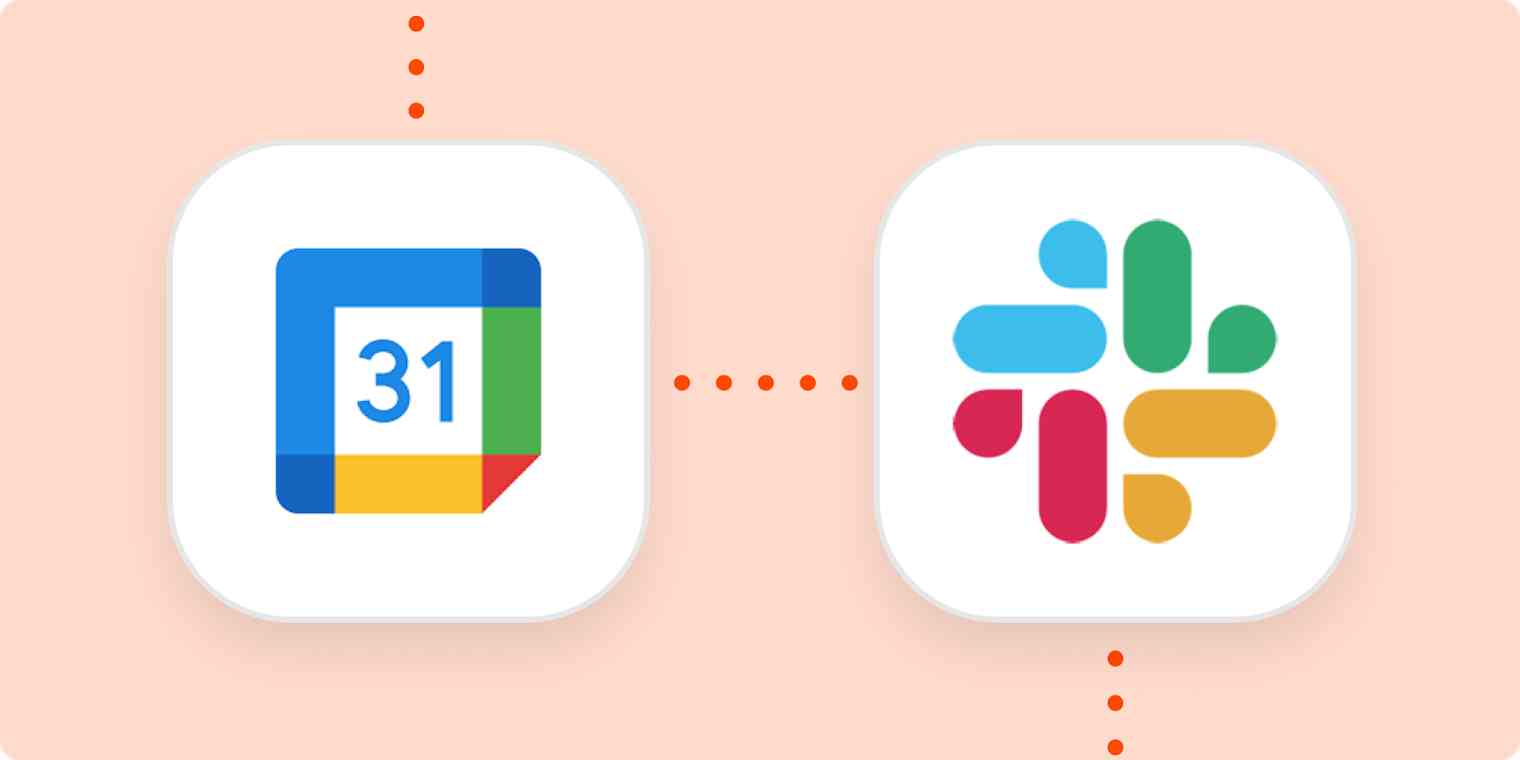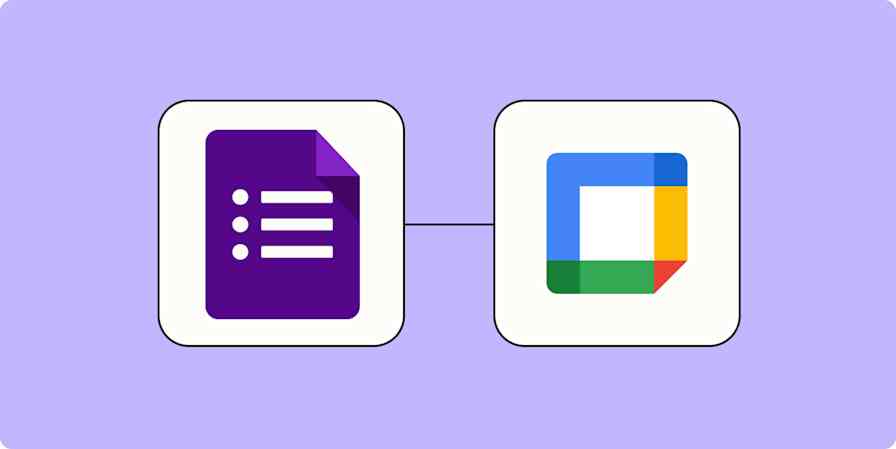Zapier tutorials
5 min readHow to automatically send yourself a list of the next day's meetings
Zap to the future
By Laurie Rauch · December 18, 2020

Get productivity tips delivered straight to your inbox
We’ll email you 1-3 times per week—and never share your information.
mentioned apps
Related articles
Improve your productivity automatically. Use Zapier to get your apps working together.








